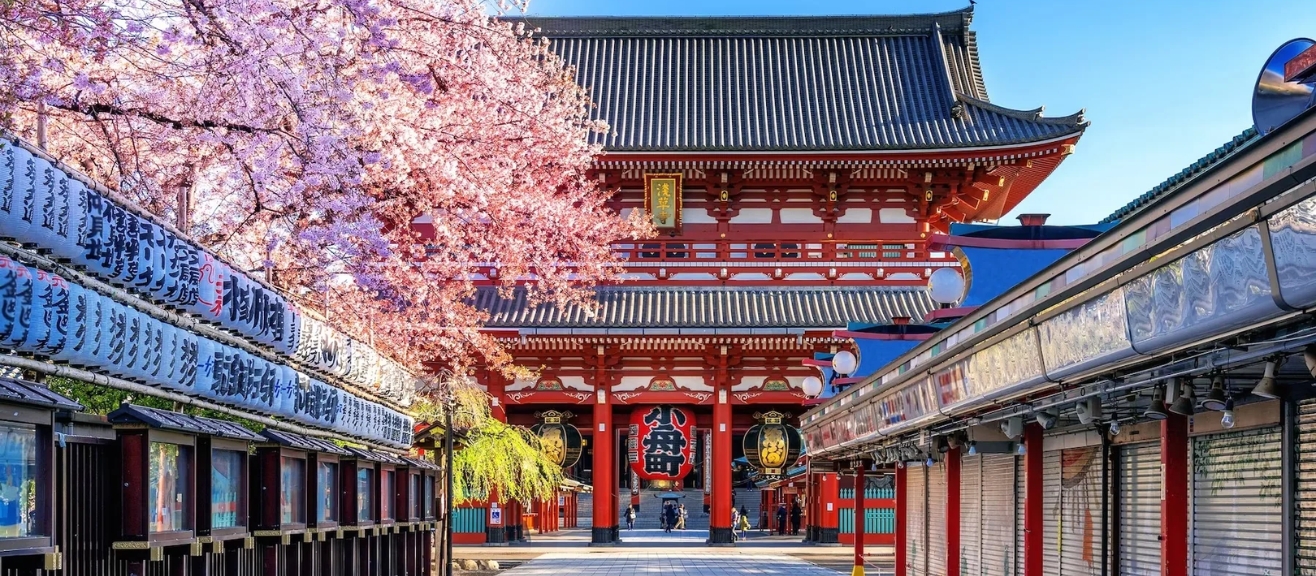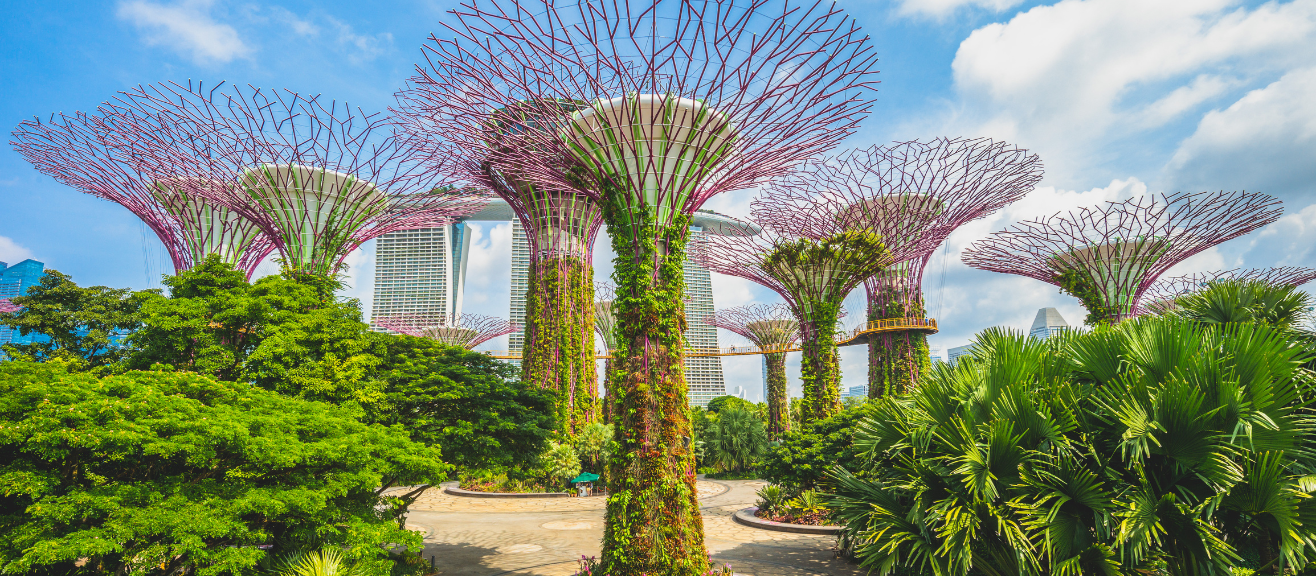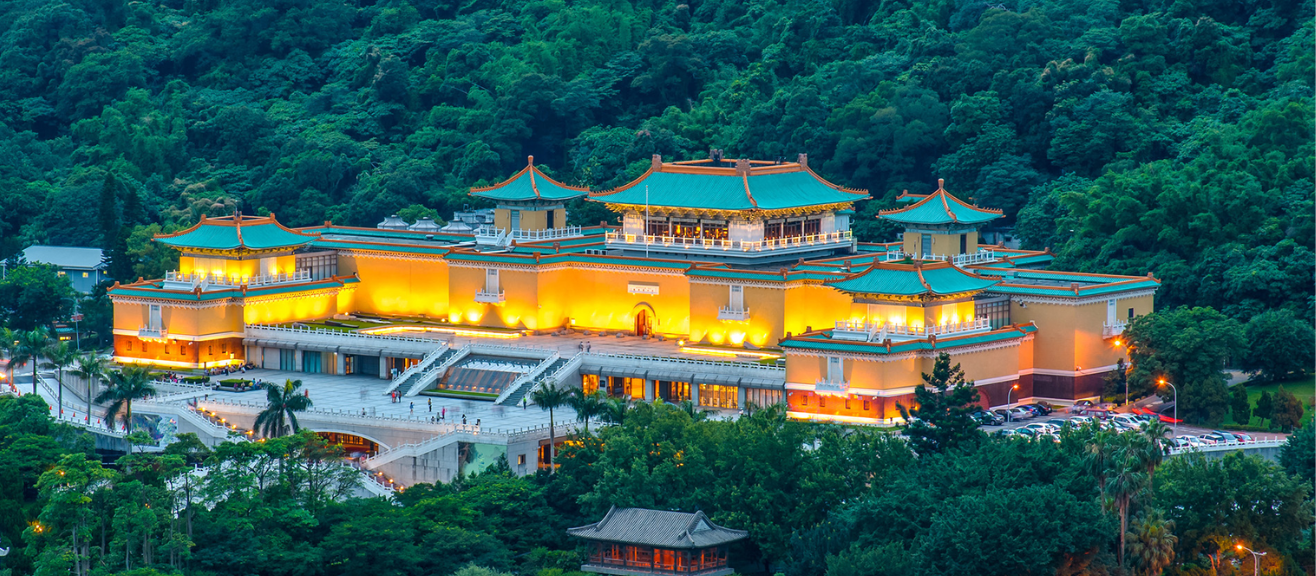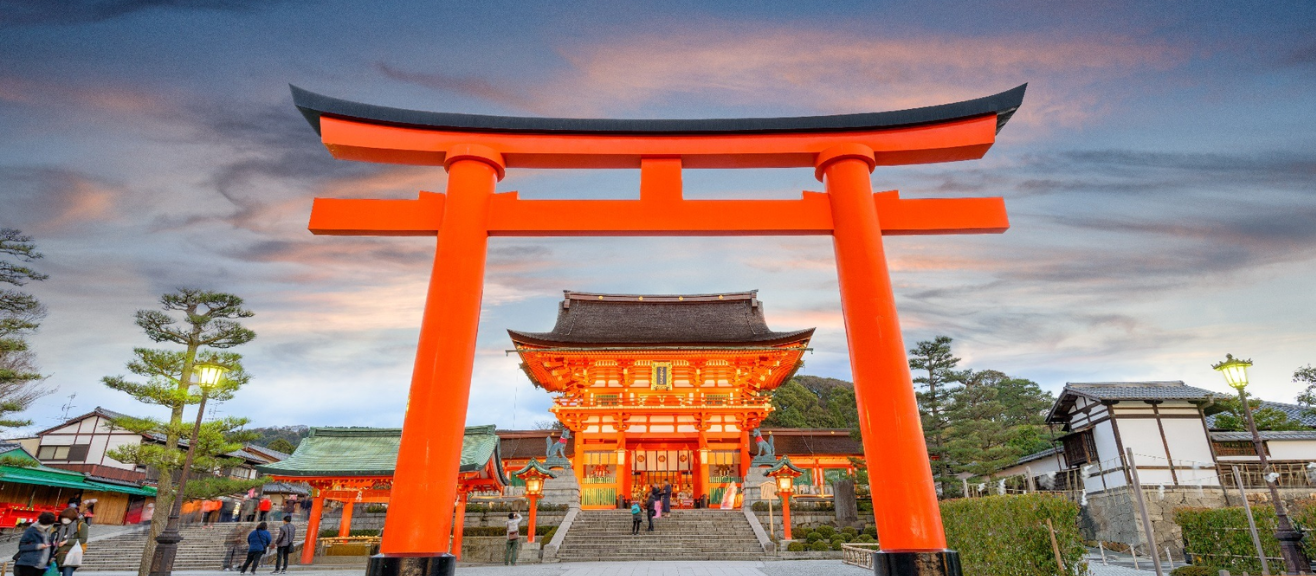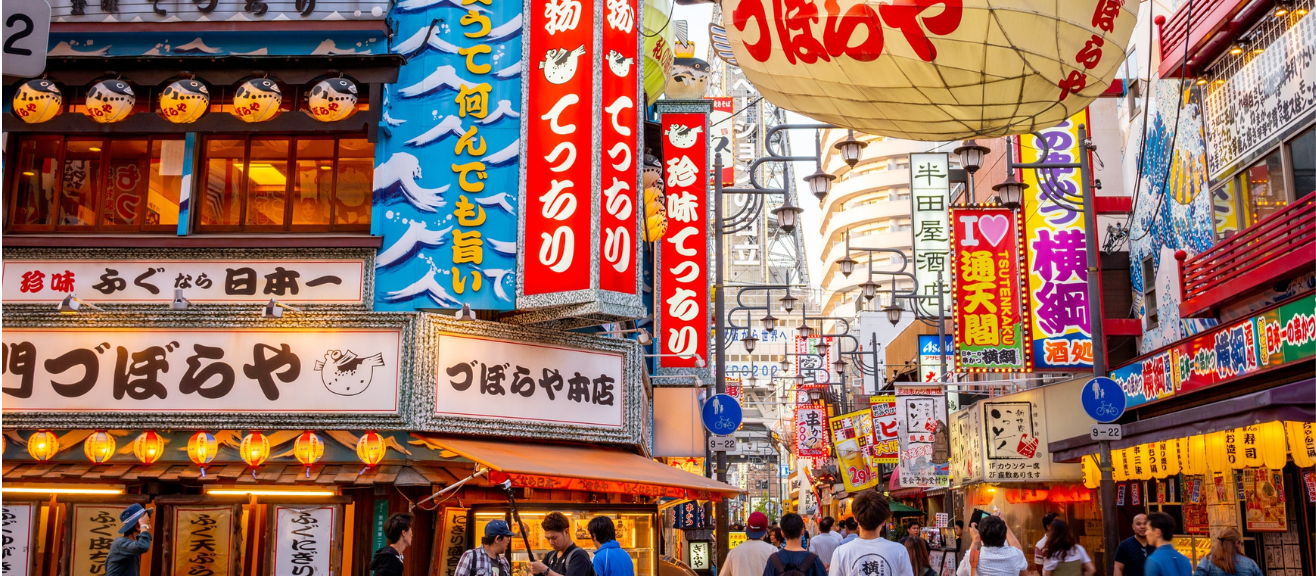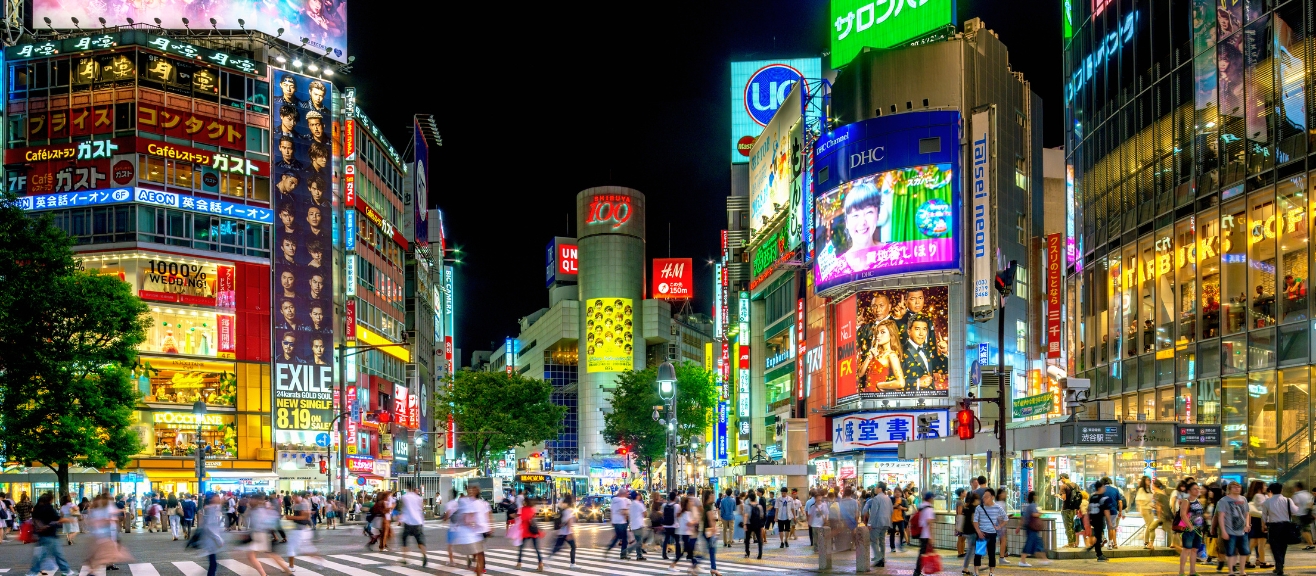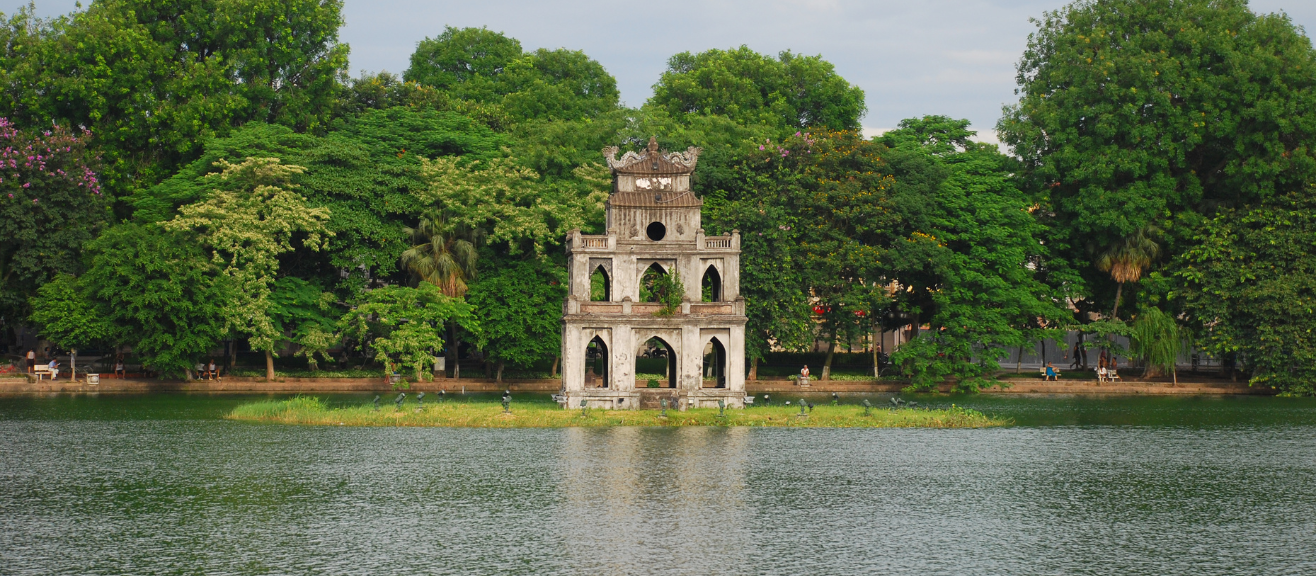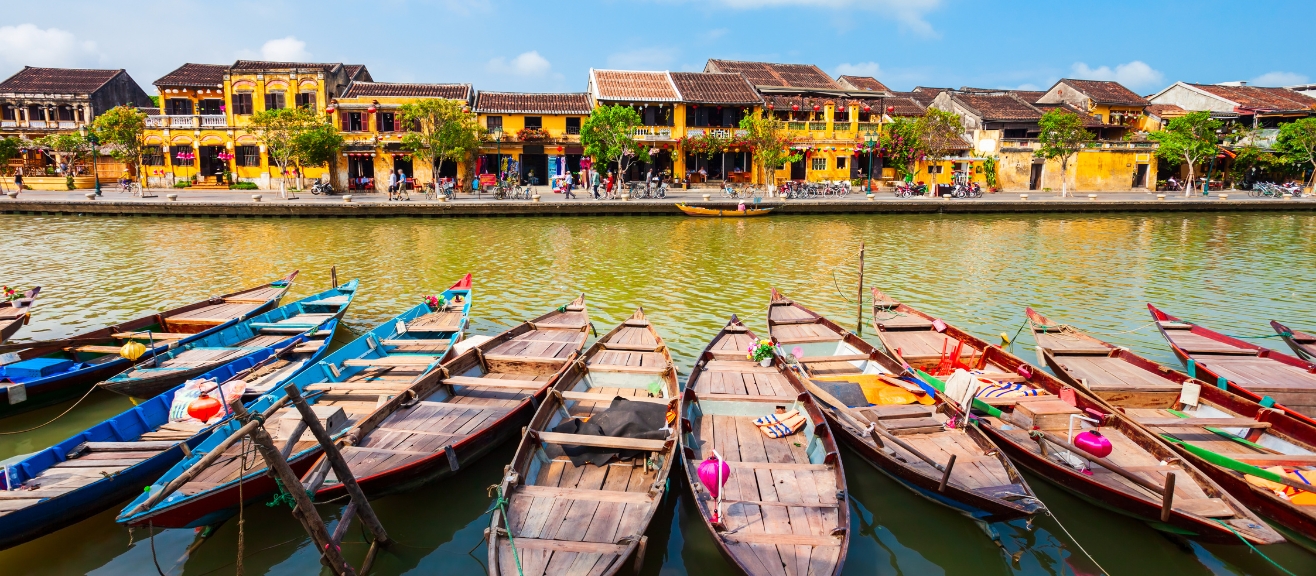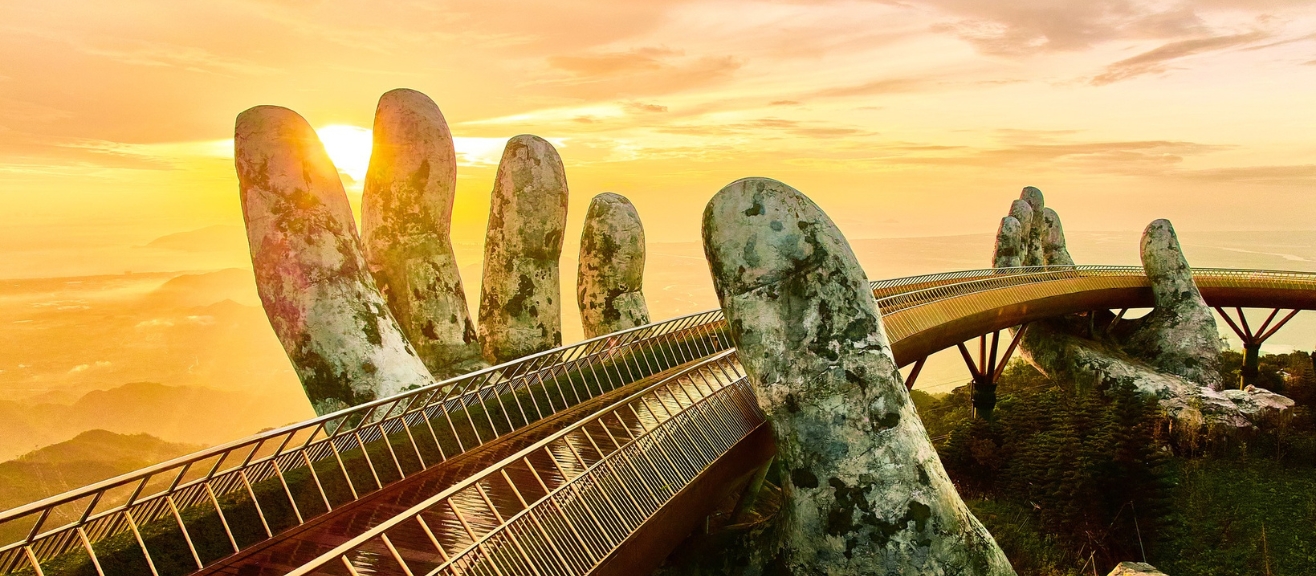A Timeless Walk Through Tokyo’s Senso-ji Temple
Red lanterns sway gently in the breeze as you step through Kaminarimon Gate — the thunder gate that marks the grand entrance to Senso-ji Temple in Asakusa 🌸. The air hums with a mix of temple bells, murmured prayers, and the sweet scent of freshly roasted ningyo-yaki cakes 🍡. Japan’s oldest Buddhist temple, Senso-ji is a masterpiece of tradition — its vermilion halls and incense-filled courtyards draw locals and travelers alike seeking blessings and beauty 🙏✨.
In this guide, you’ll find everything you need for visiting Senso-ji Temple — from how to get there and when to go, to things to do in Tokyo and insider tips for exploring Nakamise Street. Ready to plan your visit?
Get your Senso-ji Temple tickets on laimi.com .
📅 Best Time to Visit Senso-ji Temple
The best time to visit Senso-ji Temple is during spring (March–May) and autumn (October–November) — when Tokyo’s weather is mild, skies are clear, and Asakusa bursts with seasonal charm 🌸🍁. In spring, cherry blossoms frame the temple’s grand pagoda, perfect for photos and peaceful strolls. Autumn brings golden ginkgo leaves and crisp air, ideal for exploring Nakamise Street’s treats and souvenirs.
☀️ Summer (June–August) can be hot and humid, though the lively Sanja Matsuri Festival in May is worth braving the crowds for. Meanwhile, winter (December–February) offers fewer tourists but colder days — bundle up for quiet mornings and clearer views.
🚫 Try to avoid local peak periods such as Golden Week or New Year holidays — check the Japan public holiday calendar to plan around them.
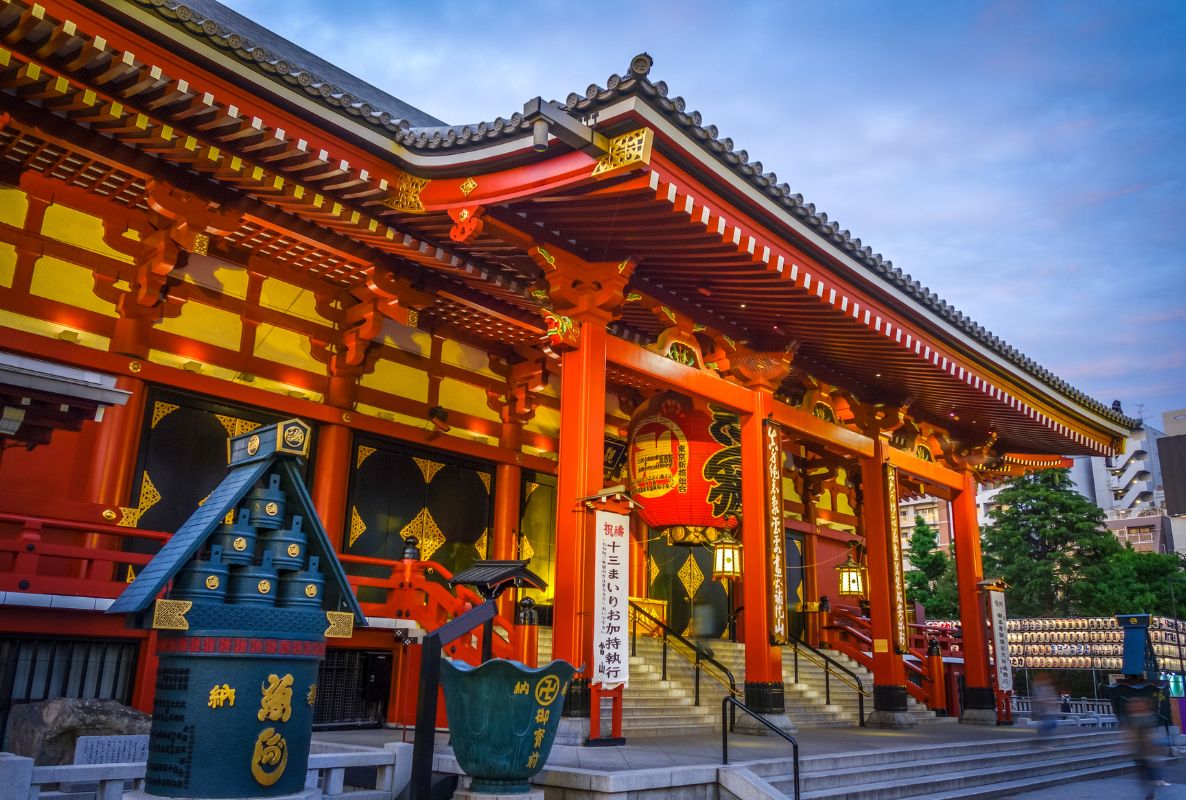
🚇 How to Get to Senso-ji Temple
Getting to Senso-ji Temple is easy and convenient — it’s right in the heart of Asakusa, just a short ride from central Tokyo 🗺️. From Tokyo Station, take the Tokyo Metro Ginza Line to Asakusa Station (about 15 minutes). You can also hop on the Toei Asakusa Line or Tobu Skytree Line, both stopping just a few minutes’ walk from Kaminarimon Gate 🚇.
If you’re coming from Haneda Airport, the Keikyu Line connects directly to the Toei Asakusa Line — expect about a 40-minute journey ✈️. From Narita Airport, the trip takes roughly 70 minutes via the Keisei Access Express.
🚌 Prefer comfort? Taxis and rideshares are widely available across Tokyo, perfect if you’re traveling with luggage or young kids. Before heading out, check Google Maps for real-time routes and updates.
⏰ Opening Hours & Best Times to Arrive
Timing your visit can make all the difference — especially if you want peaceful photos or to soak in the morning calm before tour groups arrive 🕗.
| Season | Main Hall Hours | Nakamise Street Shops |
|---|---|---|
| April – September | 6:00 AM – 5:00 PM | Around 9:00 AM – 6:00 PM |
| October – March | 6:30 AM – 5:00 PM | Around 9:00 AM – 6:00 PM |
🌅 Best time to arrive: Early morning (6–8 AM) for quiet temple walks and soft golden light, or visit at sunset for beautiful night illuminations 🎆.
Hours may vary during holidays or weather alerts — check your Senso-ji Temple tickets page or the official site before you go.
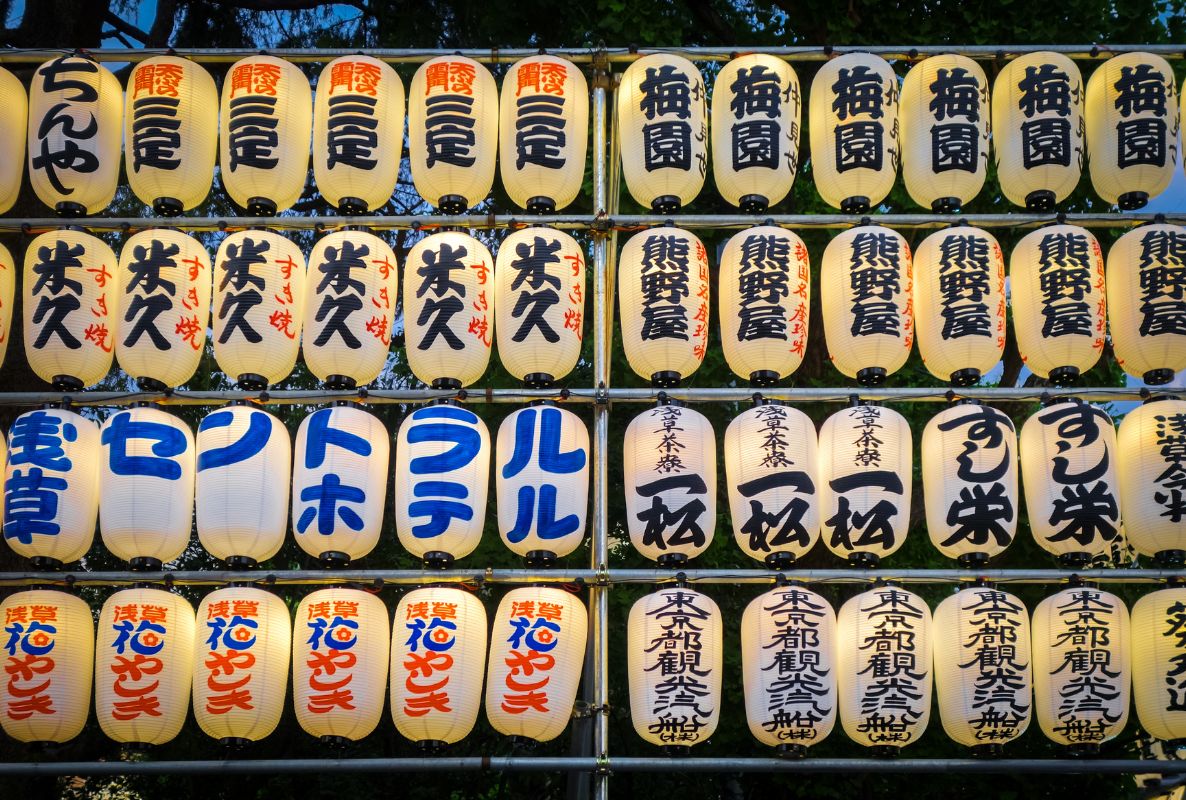
🎢 Top Things to Do Inside Senso-ji Temple
Visiting Senso-ji isn’t just about seeing a shrine — it’s about immersing yourself in centuries of tradition, color, and atmosphere 🎭. Here are some must-see experiences that capture the spirit of Tokyo’s most beloved temple:
🏯 1. Walk Through Kaminarimon Gate
Start beneath the massive red lantern of Kaminarimon, the “Thunder Gate.” Feel the energy as incense smoke drifts through the air and crowds gather to snap photos under its bold calligraphy — a classic Tokyo moment for first-timers and photographers alike.
🛍️ 2. Stroll Along Nakamise Street
This lively avenue buzzes with shopkeepers calling out their wares — from sweet ningyo-yaki cakes to handmade fans. It’s one of the oldest shopping streets in Japan, perfect for souvenirs or quick bites with the family 🧒.
🙏 3. Explore the Main Hall (Hondo)
Step inside the grand hall where soft chanting and the scent of incense fill the air. Locals bow in quiet reverence before the golden statue of Kannon — a humbling moment that connects you to Tokyo’s spiritual heart 🌌.
💡 Pro Tips:
- Arrive early morning or near sunset for fewer crowds and magical lighting ✨
- Toss a coin and draw an omikuji fortune — it’s a fun cultural ritual!
- Don’t miss the view of the five-story pagoda, especially during spring blooms 🌸
Plan your visit or explore experiences on laimi.com .
🎟️ Ticket Tips & Visitor Info
Good news — entry to Senso-ji Temple is free 🎟️! You can wander through Kaminarimon Gate, Nakamise Street, and the temple’s sacred spaces at your own pace.
Some nearby activities — like kimono rentals, guided temple tours, or Asakusa rickshaw rides — can be booked easily on laimi.com for a more immersive experience 🛂.
You can come and go freely throughout the day, though food and drinks aren’t allowed inside the main worship hall 🚫. Keep voices low and fold strollers near crowded areas like Nakamise Street.
💡 Pro Tips:
- Book nearby experiences early during peak seasons for the best times and prices 📱
- Arrive by 8 AM to enjoy the temple before tour groups roll in 🕗
- Bring a few coins for omikuji fortunes — a fun local ritual many overlook!
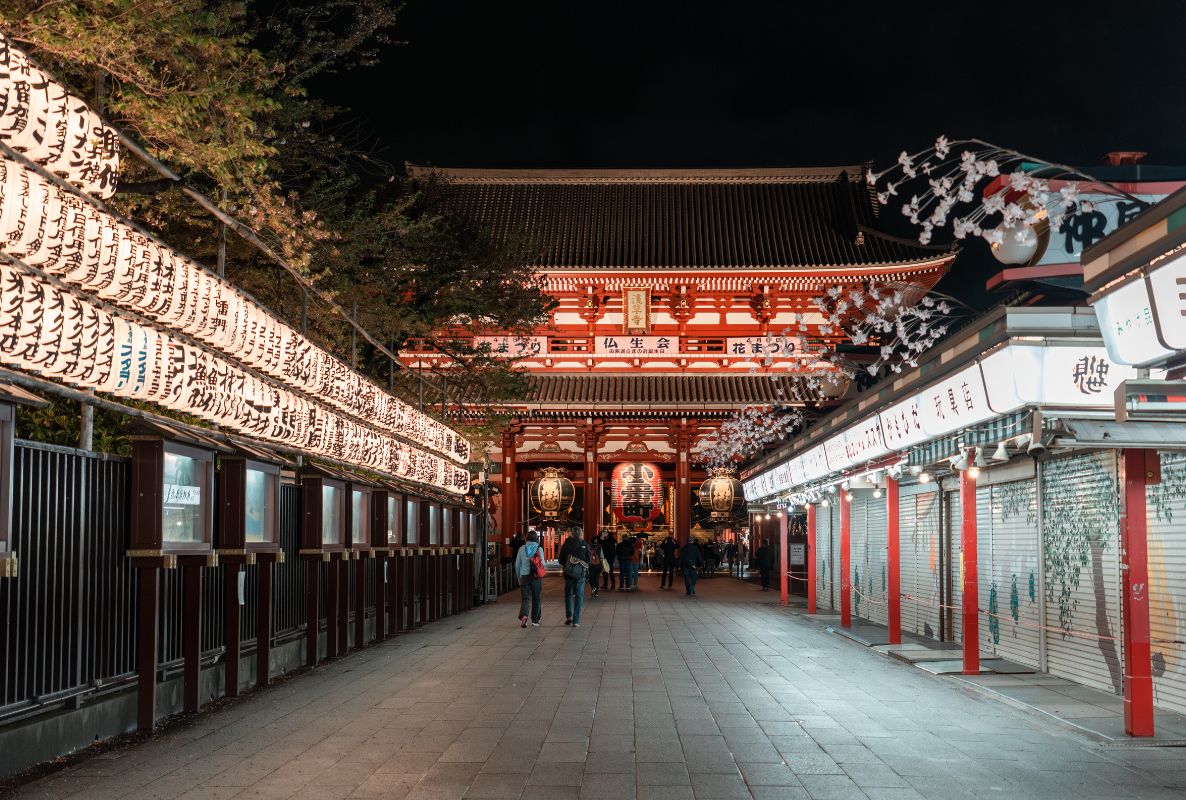
👨👩👧 Who Is It Best For?
Senso-ji Temple suits everyone — solo travelers, couples, and families 🧒💑. The wide walkways and stroller-friendly layout make it easy to explore, while kids love spotting lanterns and sampling sweet snacks along Nakamise Street.
It’s also senior-friendly 👵, with benches and clear English signage. If you’re after peace over thrills, this is your place — calm, spiritual, and deeply photogenic. Just know it’s more about soaking in culture than chasing adrenaline 🎢.
🎒 What to Pack & Know Before You Go
A visit to Senso-ji means lots of walking — from Kaminarimon Gate to the temple’s quiet corners 👟. Pack smart: a refillable water bottle, sunscreen, and maybe a portable fan if you’re visiting in Tokyo’s humid summer 🧴🥵. In cooler months, a light jacket helps during early mornings.
There’s no strict dress code, but modest outfits are appreciated inside the main hall. Bags might be checked during festivals, so keep valuables secure and accessible. No charging stations are available, so a power bank is a must 📱. Expect to walk, wait, and wander — comfy shoes and patience go a long way.
💡 Pro Tips:
- Bring a small foldable umbrella for both sun and surprise rain.
- Carry a hand towel; public restrooms near Asakusa often lack paper towels.
- Visiting early morning made everything calmer — and way less sweaty 🎧.
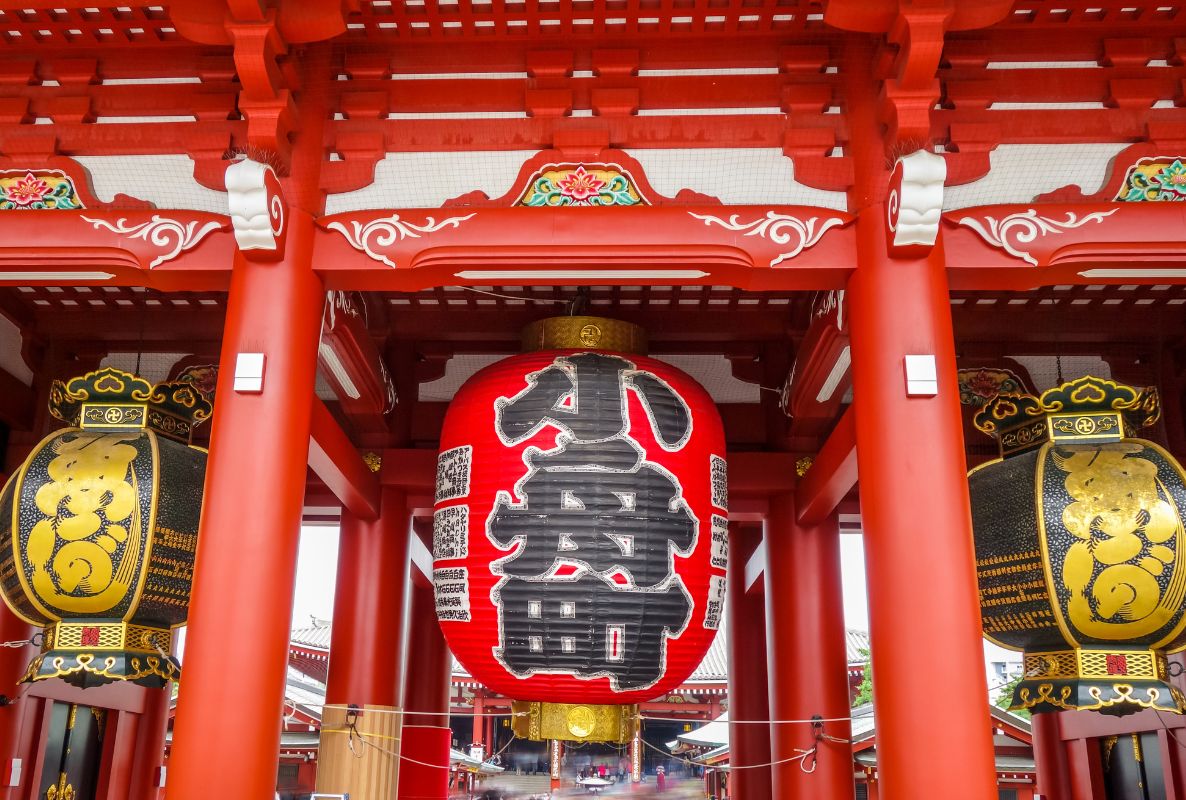
🌅 Final Thoughts
Visiting Senso-ji Temple feels like stepping into a living postcard — the scent of incense, the hum of prayers, and the glow of lanterns blending into something timeless 🧭. Yes, it can get crowded, especially on weekends or festival days, but that energy is part of its charm.
Go early, wander slowly, and you’ll find peaceful corners beneath the temple’s red eaves. Staying nearby in Asakusa makes it easy to return at sunrise or after dark, when the temple feels almost yours 🎟️.
And if you have extra time, explore more things to do in Tokyo — every neighborhood has its own story to tell 🏨.

